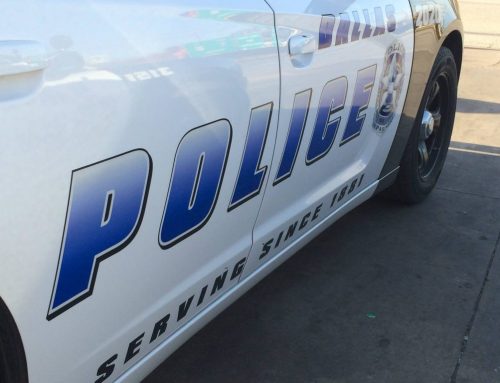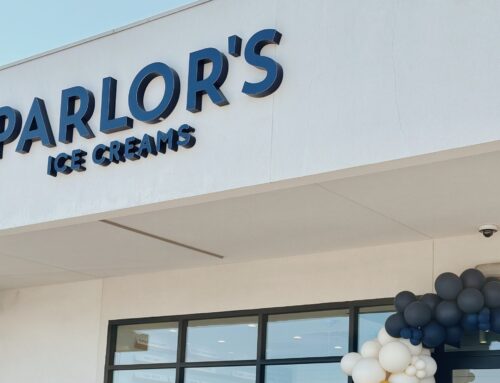There’s been more and more anecdotal evidence lately that big changes are in store for that part of East Dallas from Lakewood to Downtown.
Almost on a weekly basis, news comes of another project to redevelop part of the area — either rehab of an existing building like the old Fishburn’s plant or new construction like a proposed Albertson’s, this time on a commercially-zoned site closer to Downtown. And those are just the projects that are publicly announced so they make the newspapers.
Lots of other work is being done in the same area to convert old buildings or reuse vacant lots for places for people to work or live in. The public and non-profit sectors are in on the same trend; witness, for example, the nearly-completed new Volunteer Center on Live Oak and the soon-to-be-commenced Latino Cultural Center at Live Oak and Good-Latimer. This redevelopment trend in these long-neglected areas is here due to factors that look to continue for a long time.
One is the explosive growth in Dallas in the demand by high tech and Internet businesses for working space that is different from the typical suburban glass box, space that has both flexibility and character. The old brick commercial buildings in East Dallas, Deep Ellum and similar areas fit that profile.
Second, and probably of even greater import in the long run, is a back-to-the-city movement gathering momentum in Dallas and in every other big American city. After decades of people moving out of the central cities, living in suburban tract housing and commuting back in on polluting, neighborhood-dividing freeways, a broad cross-section of Americans — empty-nesters, Baby Boomers, Generations X and Y — have decided that the cultural, entertainment and employment opportunities in our inner cities are a powerful attraction.
This is a movement, I think, that’s here to stay. Redeveloping our inner cities is the only way to slow the suburban sprawl that engulfs our open space, clogs our roads and dirties our air. There’s a trade-off there, of course — the old neighborhood at some point won’t look like it used to.
Dallas, in particular, as historically having a low population density for a big city, may find it hard to adjust to the idea of more dense urban living like in Eastern or Canadian cities. As this trend accelerates, care must be taken to preserve some green space, provide attractive landscaping as well as add public art and other features. Things like ground-floor shops and other amenities can create a welcoming, pedestrian-friendly environment for people, too.
Another issue that will have to be faced is that of affordable housing, already in short supply. The redevelopment of our inner cities, acclaimed by most as a long-overdue and healthy occurrence, is derided by some as gentrification, and there’s no denying that as rents go up, some low- to moderate-income folks get displaced. As a community, for reasons both moral and practical, we need to seriously address this problem in a way we have so far fallen short of doing.
Some of this is being done right now by all levels of government, by non-profits and by the very developers who are helping to bring the city back to life. Some of it can and should, however, be borne by the same suburbs that prospered and grew for years while the inner city deteriorated.
For the most part, however, the news is good, and it looks like inner city Dallas is in much less danger today of being the hole in the doughnut. This continuing revitalization, if carefully managed, should benefit all of us in East Dallas.





